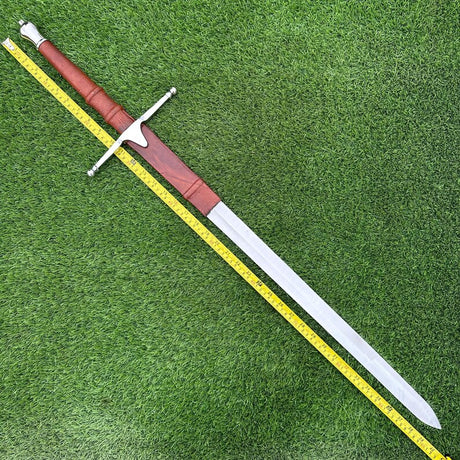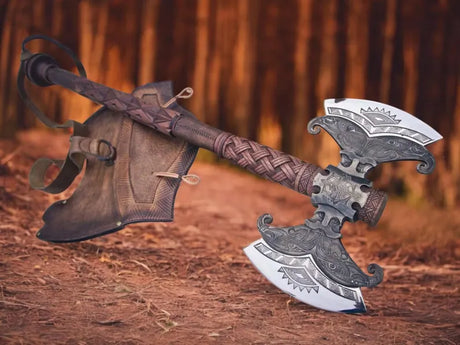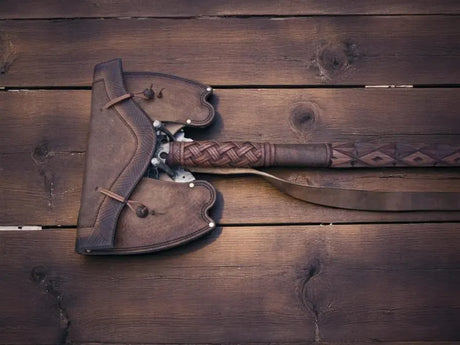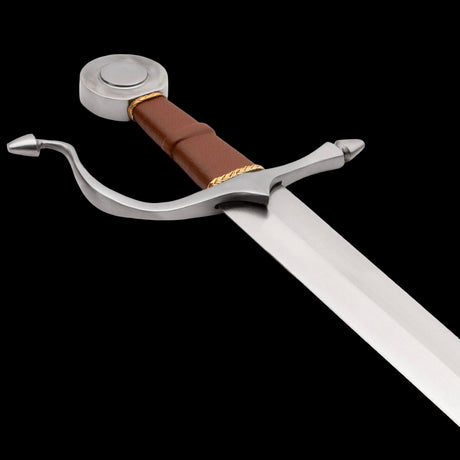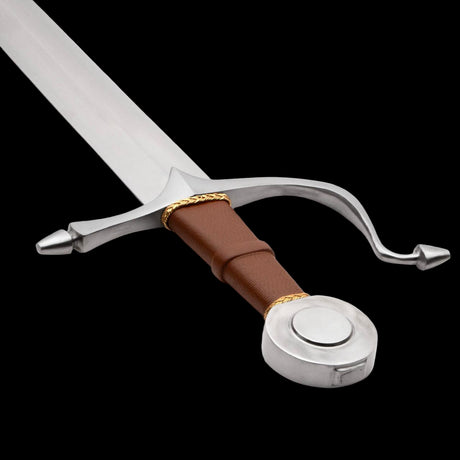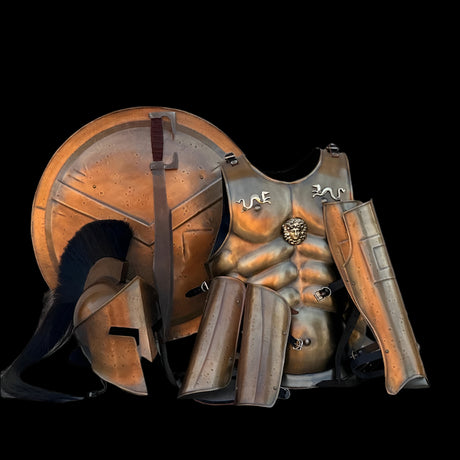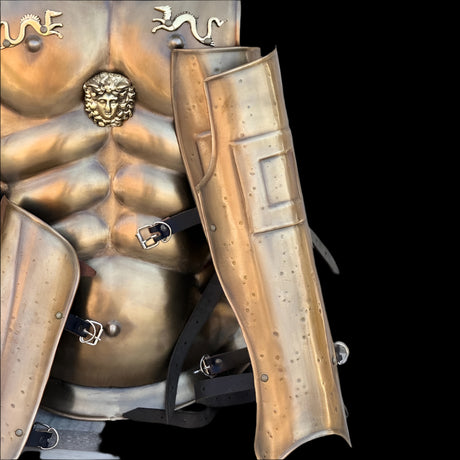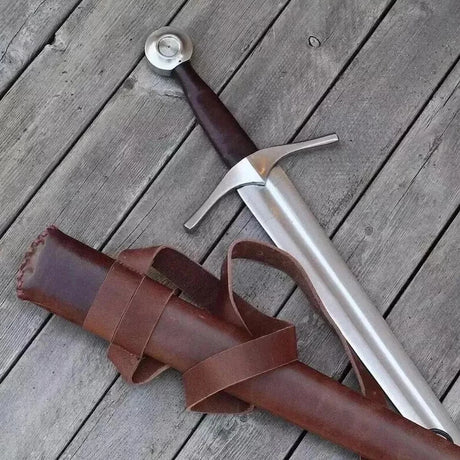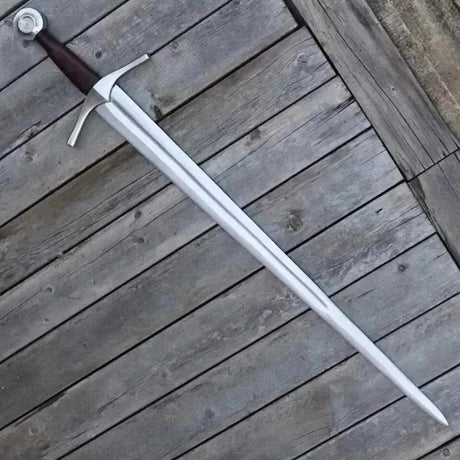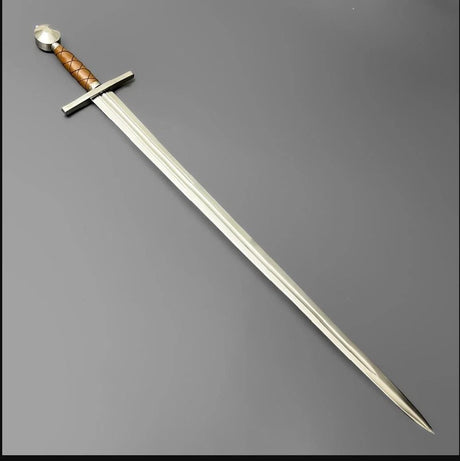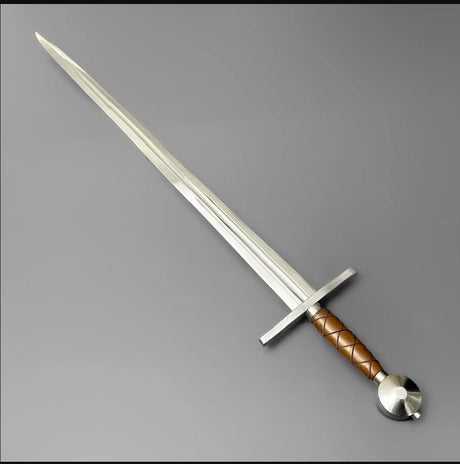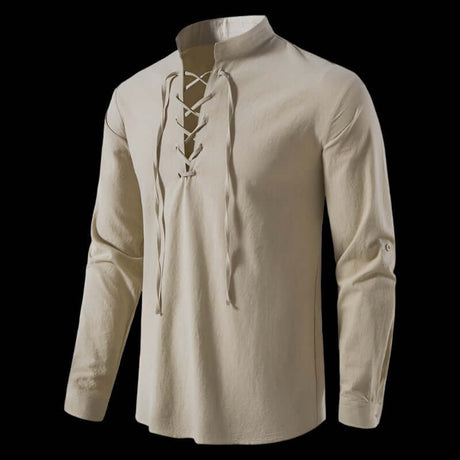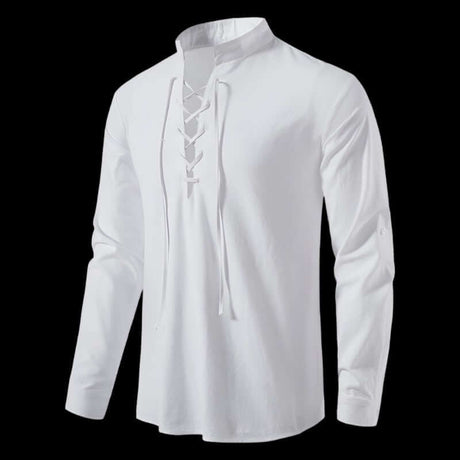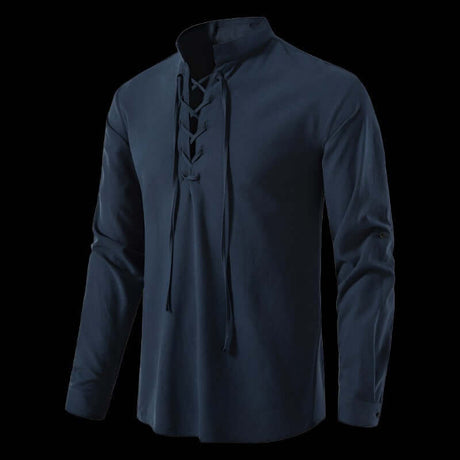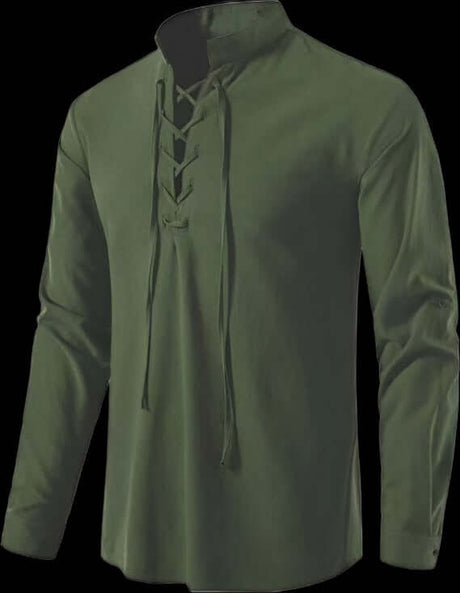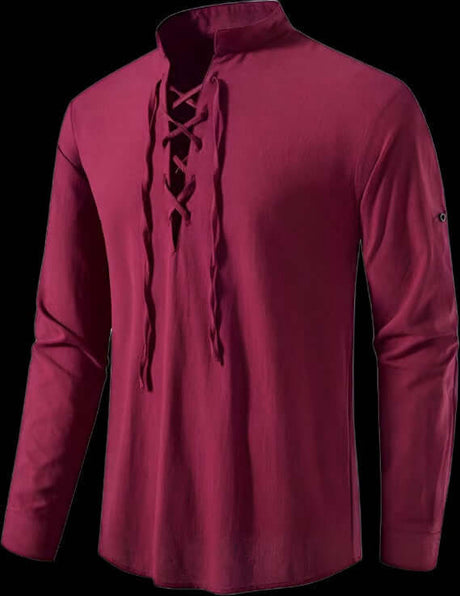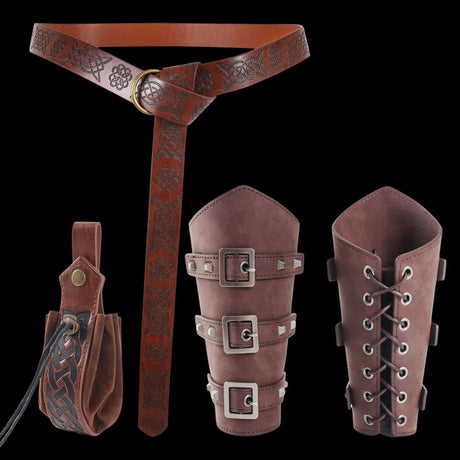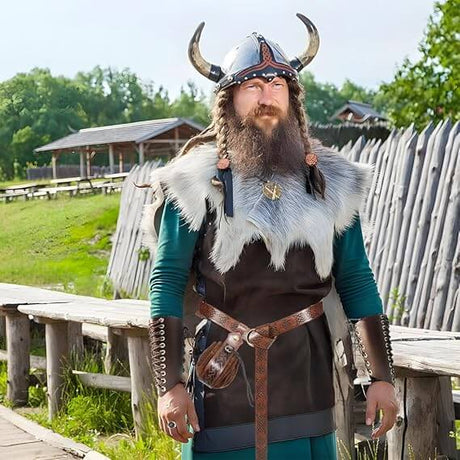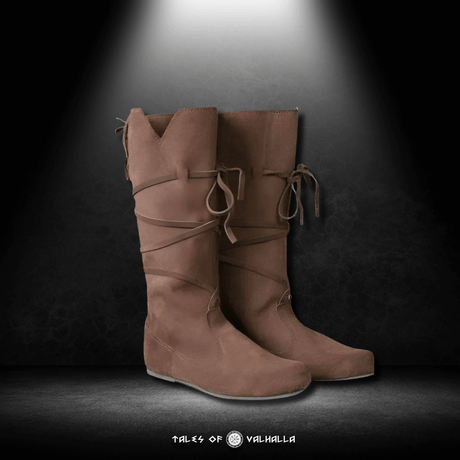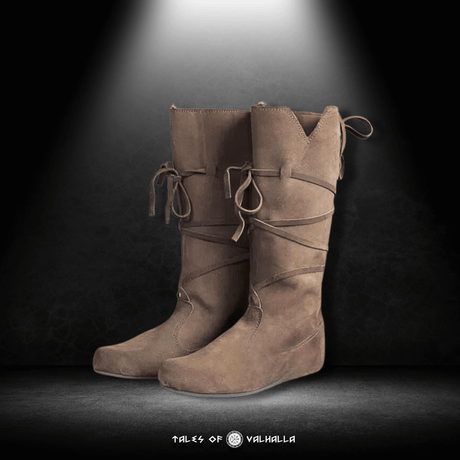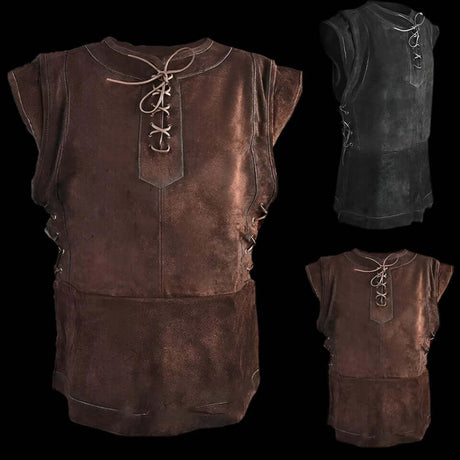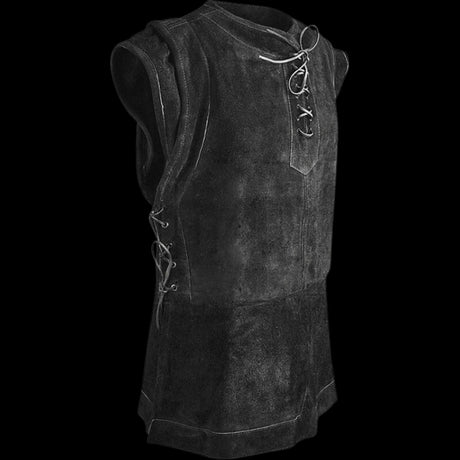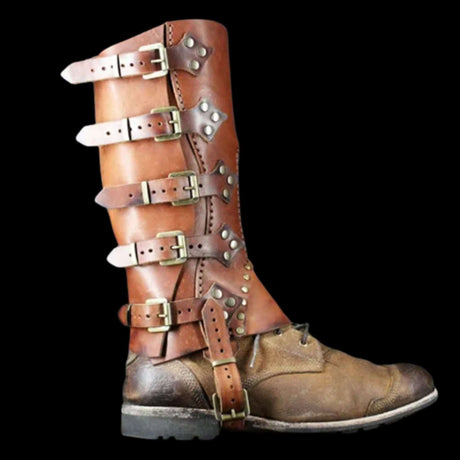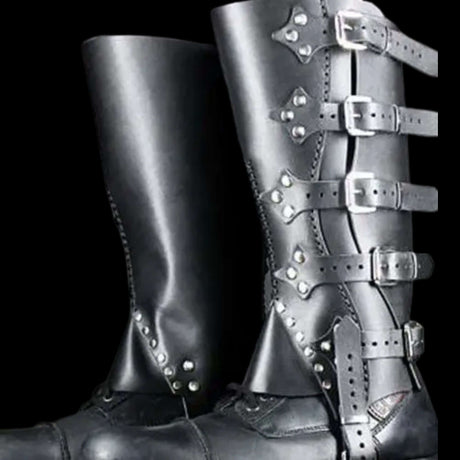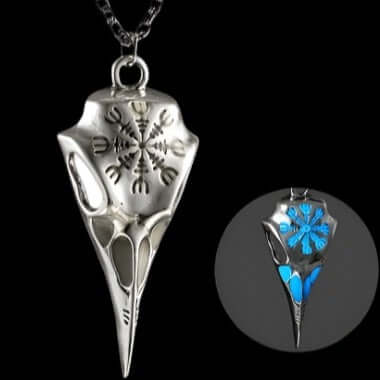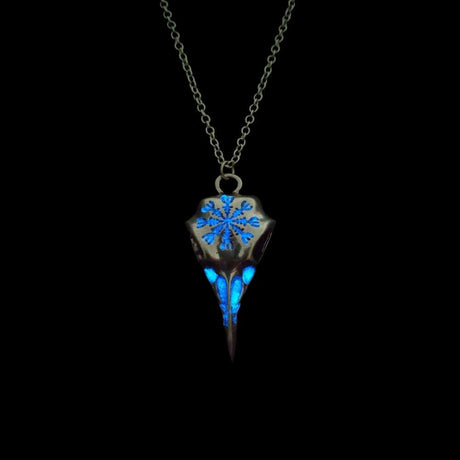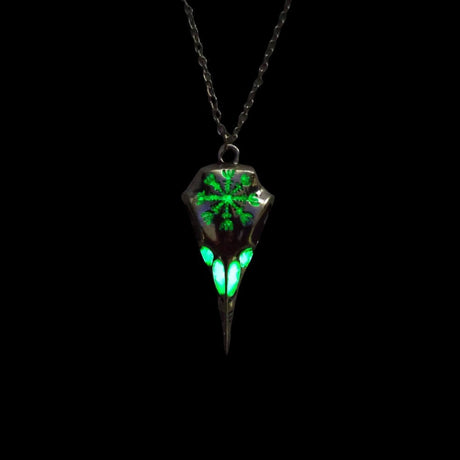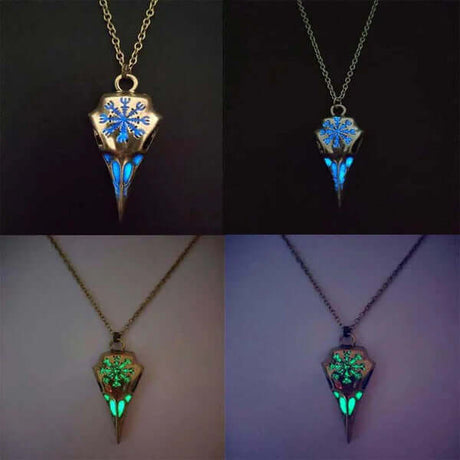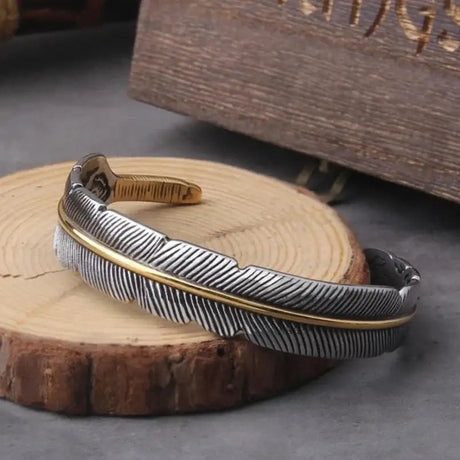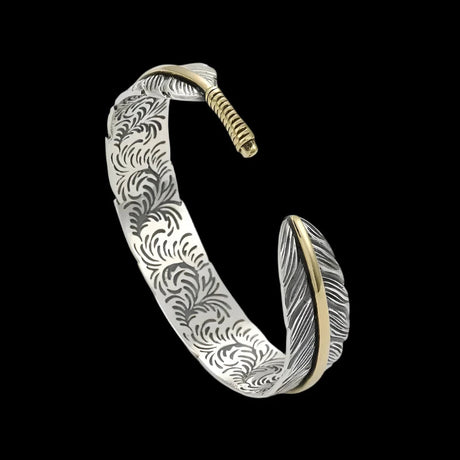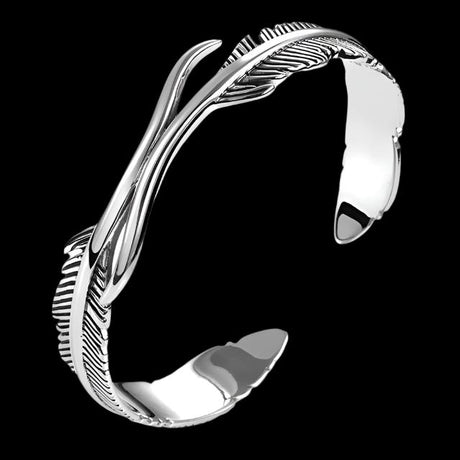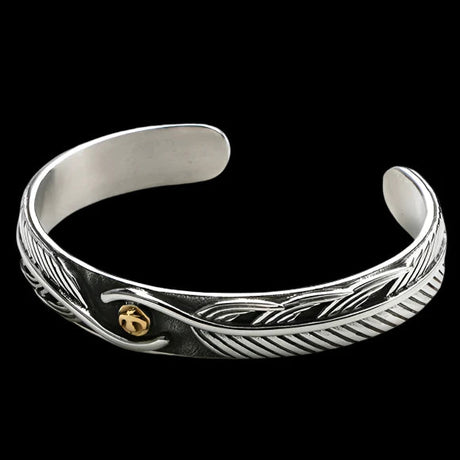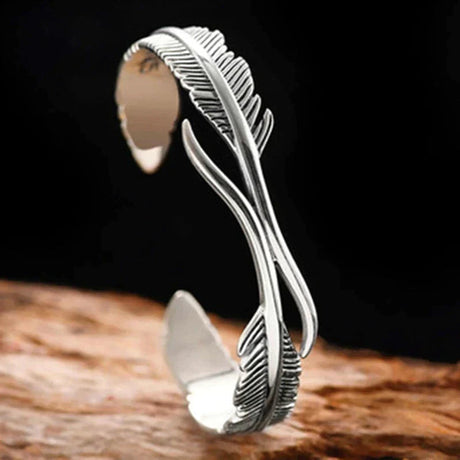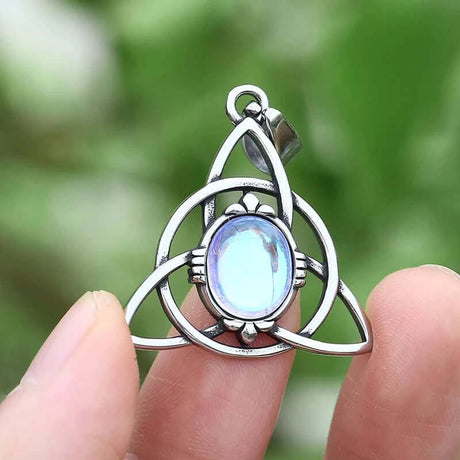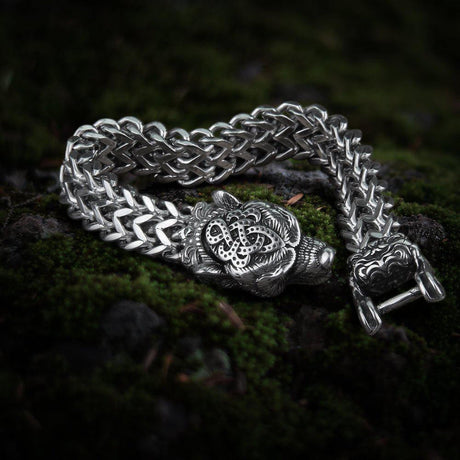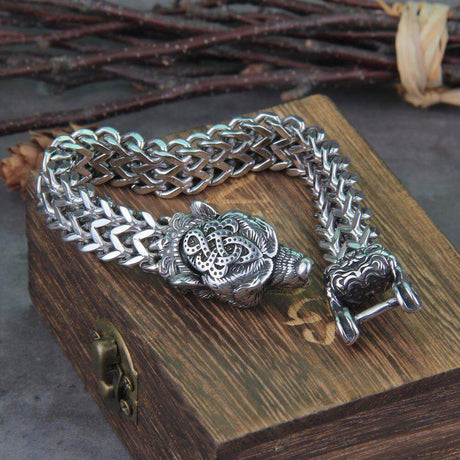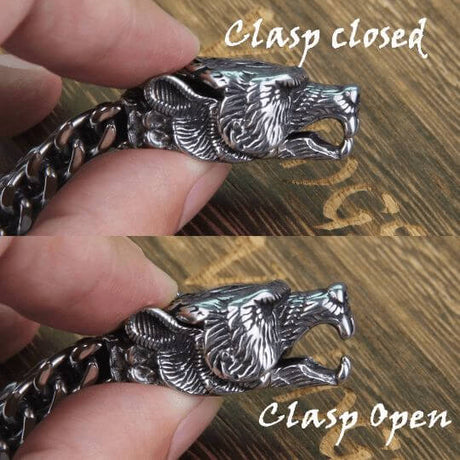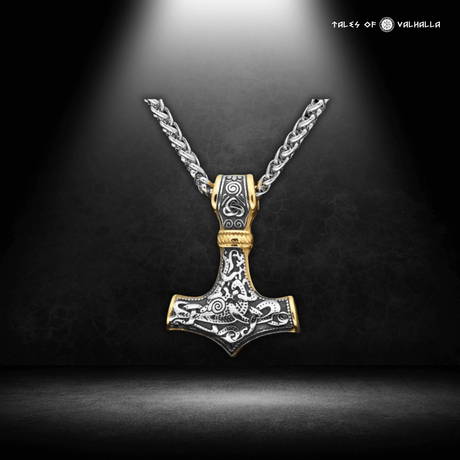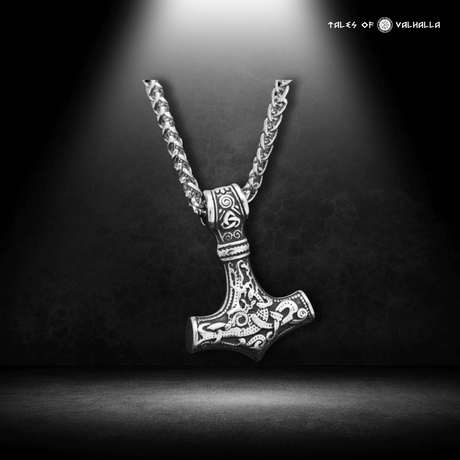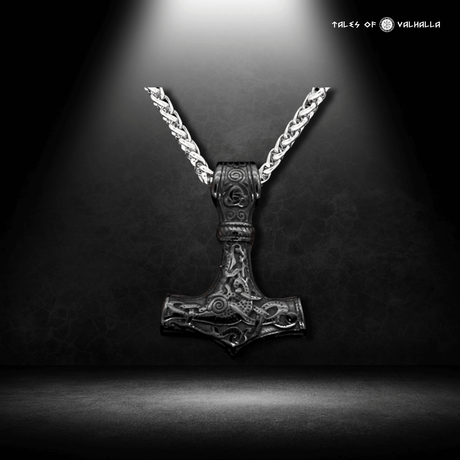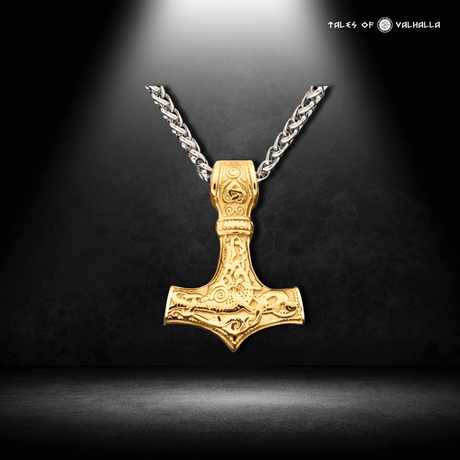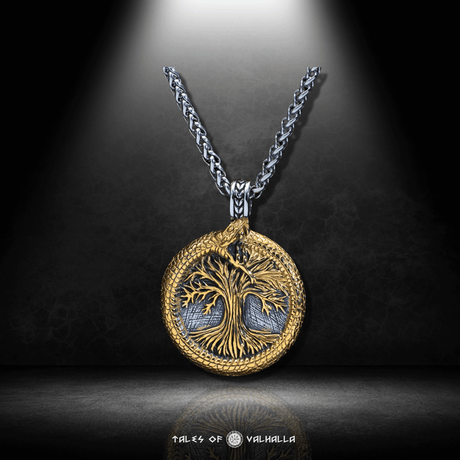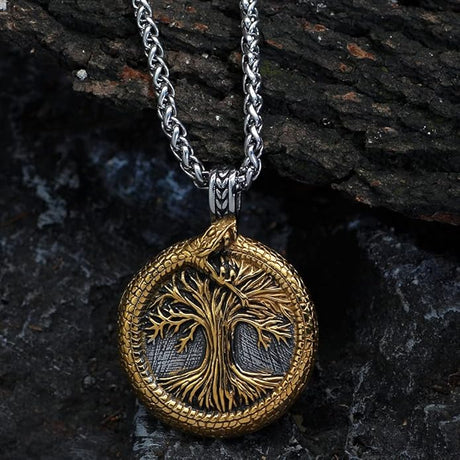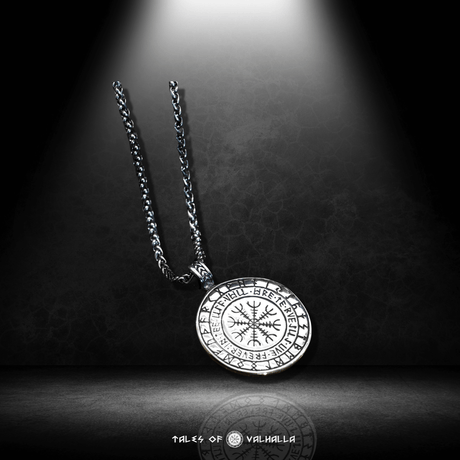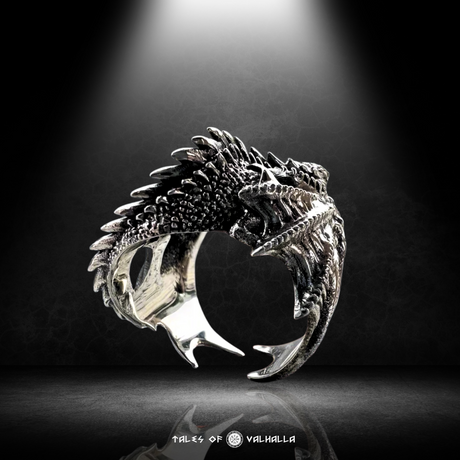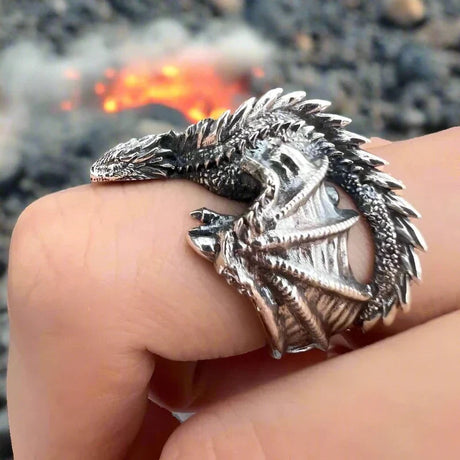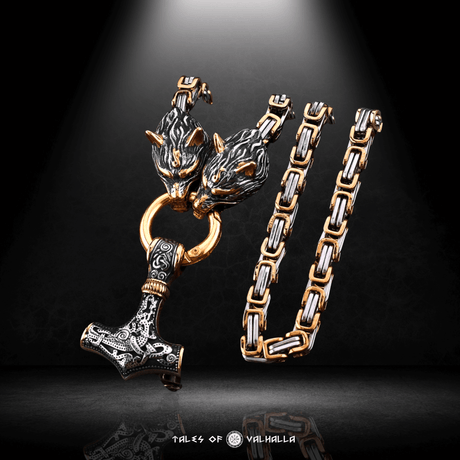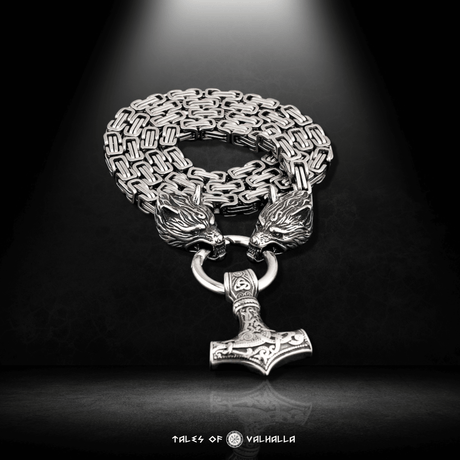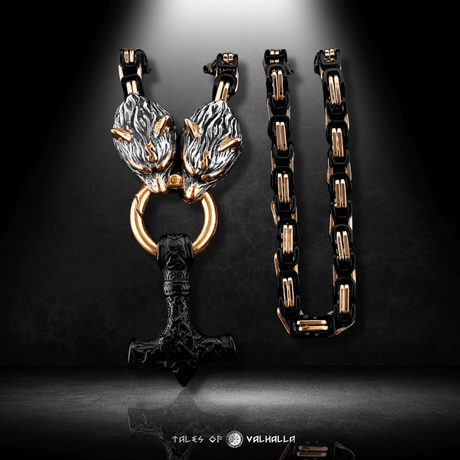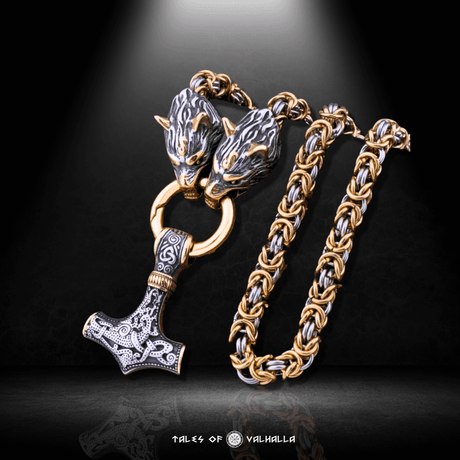History is not a static, dusty book on a shelf; it's a living, breathing story that is constantly being updated with new discoveries. Every so often, an artifact is unearthed that doesn't just add a new sentence, but forces us to rewrite an entire chapter. In late 2021, in a quiet patch of earth in Norway, just such a discovery was made. Archaeologists found a small, reddish-brown block of sandstone that has since been identified as the world's oldest runestone.
Dubbed the "Svingerud stone," this remarkable find has sent shockwaves through the community of historians, linguists, and anyone fascinated by the Viking Age and its origins. It is a message from a past far more ancient than we previously understood, offering a priceless glimpse into the very dawn of runic writing in Scandinavia. This guide will delve into the story of this incredible discovery, exploring how we know it's the oldest runestone, what its cryptic message might mean, and why this single stone is so significant for our understanding of Norse and Germanic history.
The Discovery: Unearthing a Message from the Dawn of the Runic Age
The story of the world's oldest runestone begins not with a grand quest, but with a routine archaeological task.

The Discovery: Unearthing a Message from the Dawn of the Runic Age
A Routine Excavation with Extraordinary Results
In the autumn of 2021, archaeologists from the Museum of Cultural History at the University of Oslo were conducting a salvage excavation of a burial ground in Svingerud, near Tyrifjorden, a large lake northwest of Oslo. The dig was in advance of a planned railway project. They were investigating a cremation pit beneath a burial mound, a fairly common type of grave from the pre-Viking era in Norway.
The Svingerud Stone Revealed
Inside one of these graves, among cremated human bones and charcoal, they found a nearly square block of reddish-brown Ringerike sandstone, about a foot in length and width. At first, it may have looked like any other stone used in the burial cairn. But upon closer inspection, the archaeologists noticed something extraordinary: the surface was covered in faint, deliberate carvings. These weren't random scratches; they were runes.
Story Vignette 1: The Archaeologist's Moment of Awe Imagine Dr. Kristel Zilmer, a runologist with the University of Oslo, receiving the first high-resolution photos of the stone. She's seen hundreds of runestones, most from the well-documented Viking Age. But these carvings were different. The lines were tentative, the shapes archaic, almost proto-runic. She traced a sequence of letters with her finger on the screen: ᛁᛞᛁᛒᛖᚱᚢᚷ. The style was unlike anything she had seen from the Viking period. A jolt of excitement, the kind that only comes with a truly groundbreaking discovery, shot through her. Could this be what they had all been hoping to find one day? A whisper from an even more distant past? She was looking at what could be the oldest runestone ever found, a direct link to the very first people who carved these mysterious symbols.
The Science of Age: How Do We Know It's the Oldest Runestone?
Declaring something the "oldest runestone" is a bold claim that requires rigorous scientific proof. The age of the Svingerud stone wasn't determined by simply looking at it, but by analyzing the sealed archaeological context in which it was found.
More Than Just Looking Old: The Power of Context
The single most important factor in dating the stone is that it was found in a primary, undisturbed archaeological context—a sealed cremation grave. This means everything inside that grave was buried at the same time.
Carbon Dating the Grave: A Window into the Past
The archaeologists didn't date the stone itself, which is very difficult to do accurately. Instead, they used radiocarbon dating on the organic materials buried alongside it.
-
The Samples: They took samples of the cremated human bones and charcoal from the cremation pit where the stone was discovered.
-
The Process: Radiocarbon dating measures the decay of the carbon-14 isotope in organic matter, allowing scientists to determine its age with a high degree of accuracy.
-
The Verdict: A Staggering Age: The results of the carbon dating were astounding. They showed that the burial took place sometime between 1 and 250 AD. This places the grave, and therefore the runestone buried within it, firmly in the Roman Iron Age.
Pushing Back the Timeline: The Significance of the Date
This date is what makes the Svingerud find the oldest runestone in the world.
-
Previous Record Holders: Before this discovery, the oldest dated runestones in Norway were from the 4th and 5th centuries AD. The Einang stone, for example, is dated to the 4th century.
-
A Centuries-Long Leap: The Svingerud stone is potentially 200-300 years older than any previously known runestone. It pushes the timeline for the use of runes on stone in Scandinavia back to the time of the Roman Empire's peak, long before the Viking Age began. This discovery fundamentally changes our understanding of the early history of runic writing. The world's oldest runestone has given us a new starting point.
Decoding the Inscription: A Glimpse into Proto-Norse
The carvings on the world's oldest runestone are a tantalizing puzzle for linguists and runologists. They represent one of the earliest known examples of written language in Scandinavia, carved in an early form of the Elder Futhark alphabet.
The Elder Futhark Connection
The Elder Futhark is the oldest known form of the runic alphabet, consisting of 24 characters. It was used by Germanic peoples from roughly the 2nd to the 8th centuries AD. The runes on the Svingerud stone are clearly precursors or very early examples of this script.
The Mystery of "idiberug": A Name, A Family, A Riddle
The most legible and coherent part of the inscription reads "idiberug". The meaning of this word is the subject of intense scholarly debate.
-
A Personal Name? One of the leading theories is that it refers to a personal name, possibly the person buried in the grave. It might be carved "for Idibera," making this one of the first named individuals in Norwegian history.
-
A Kinship Term? Another interpretation suggests it could be a kinship term, like "Idiberung," referring to a specific family or clan. The practice of dedicating runestones to kin was common in later periods.
-
A Protective Word? It's also possible that the word has a different, perhaps magical, meaning that we no longer understand. The ambiguity of the inscription on the oldest runestone is part of its profound fascination.
Primitive Runic Forms: An Age of Experimentation
Beyond the main inscription, the Svingerud stone is covered with other marks, including grid patterns, zig-zag figures, and other carvings that don't form clear words.
-
"Runic Doodling"? Runologists suggest that this might represent a period of experimentation or learning. The carver might have been practicing the forms of the runes or exploring their shapes.
-
Early Stages of Writing: The presence of these "proto-runes" alongside a legible word on the oldest runestone suggests that this artifact captures runic writing in its infancy in Scandinavia. We are seeing the birth of a written tradition.
Story Vignette 2: The First Carving Imagine a runemaster in the year 200 AD, a man known not as a Viking, but as a Chieftain of the Suiones tribe. He sits by a fire, the reddish sandstone cool in his lap. His daughter, Idibera, a woman known for her wisdom, has passed into the afterlife. He wants to do more than build a mound of earth over her ashes. He wants to fix her name against the passage of time. He has learned a new skill, a secret script inspired by the angular letters of the traders from the south. With a sharp iron knife, he carefully scratches the lines into the stone. ᛁ...ᛞ...ᛁ...ᛒ...ᛖ...ᚱ...ᚢ...ᚷ. It is slow, deliberate work. He adds other patterns, a grid, a zig-zag, symbols of protection or perhaps just the joy of making a mark. He is not just carving stone; he is weaving memory into the very fabric of the earth. He is creating what will one day be known as the oldest runestone.
The Significance of the Svingerud Stone: Why This Discovery Matters
The discovery of the world's oldest runestone is more than just a new entry in the record books. It has profound implications for our understanding of early Scandinavian history and the development of writing in Northern Europe.

The Significance of the Svingerud Stone: Why This Discovery Matters
Pushing Back the Runic Timeline
The Svingerud stone single-handedly pushes back the known date for the creation of runestones in Scandinavia by several centuries. It proves that the tradition of creating these stone memorials began much earlier than previously thought, during the Roman Iron Age. This forces a complete re-evaluation of the timeline for the adoption and use of runic writing.
Runes Beyond the Viking Age: A Deeper History
For many in the US, runes are synonymous with Vikings. This discovery is a powerful reminder that the history of runes is much longer and deeper.
-
Roman Iron Age Context: The Svingerud stone belongs to an era when Scandinavia was on the periphery of the Roman Empire. There was significant trade and cultural exchange between the Germanic tribes of the North and the Roman world.
-
The Origin of Runes: The leading theory is that the runic alphabet was inspired by or adapted from a Mediterranean alphabet, likely Latin, during this period of contact. The Svingerud stone, being the oldest runestone, provides crucial evidence that supports this timeline, placing the emergence of runic writing on stone much closer to the period of intense Roman-Germanic interaction.
A Window into Early Germanic Culture
The act of creating a runestone for a deceased person tells us a great deal about the culture that produced it, even 2,000 years ago.
-
Belief in an Afterlife: The elaborate burial mound and cremation pit suggest complex beliefs about death and the afterlife.
-
Importance of Memory and Legacy: The very act of carving a name into stone is a powerful statement about the importance of remembrance and legacy. The person who carved the oldest runestone wanted "Idibera" to be known for eternity.
-
Social Status: Creating a runestone required resources and specialized knowledge (literacy). This suggests that the person commemorated, Idibera, was likely an individual of high status within her community.
A New Perspective: Comparing the Oldest Runestone to its Descendants
The Svingerud stone provides a baseline from which to view the entire tradition of runestone carving, which reached its peak during the Viking Age, hundreds of years later.
This table illustrates the dramatic evolution of the runestone tradition. The world's oldest runestone is the simple, powerful ancestor of the magnificent stone monuments of the Viking Age.
The Future of Runic Studies: What's Next?
The discovery of the oldest runestone is not an end, but a beginning. It opens up new questions and avenues of research for scholars.
-
New Questions for Researchers: Are there other, similar early runestones that have been misidentified or overlooked? Can further analysis of the "idiberug" inscription reveal more about early Proto-Norse language? How did this tradition spread so widely across Scandinavia from such early beginnings?
-
The Search for More Early Runes: This find will undoubtedly inspire archaeologists and runologists to re-examine existing collections and to be on the lookout for similar faint carvings at other Roman Iron Age sites. The story of the oldest runestone may yet have more chapters to be written.
Conclusion: A Whisper from 2,000 Years Ago
The Svingerud stone, the world’s oldest runestone, pushes Scandinavian history back centuries, linking us to the North during the Roman era. It reminds us the Vikings inherited a deep Germanic culture long before their age of raids and sagas.
This small sandstone block raises as many mysteries as it answers—who was Idibera, and what do the runes truly mean? At Tales of Valhalla, we see it as a whisper from 2,000 years ago, a powerful beginning to the long saga of runes and the people who carved them.











